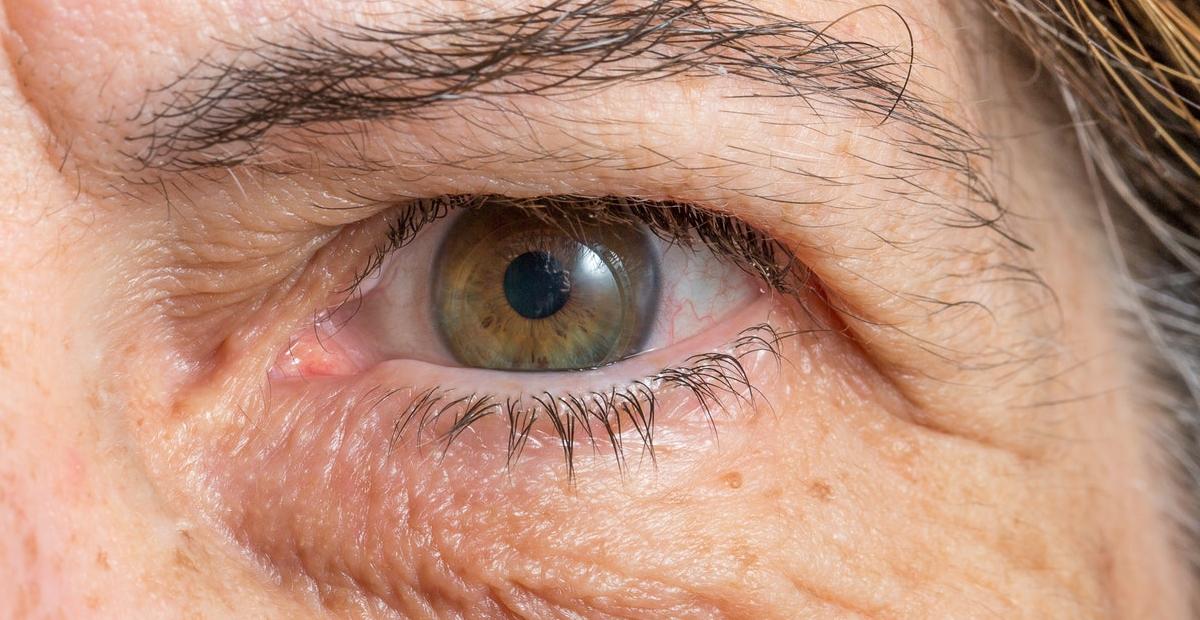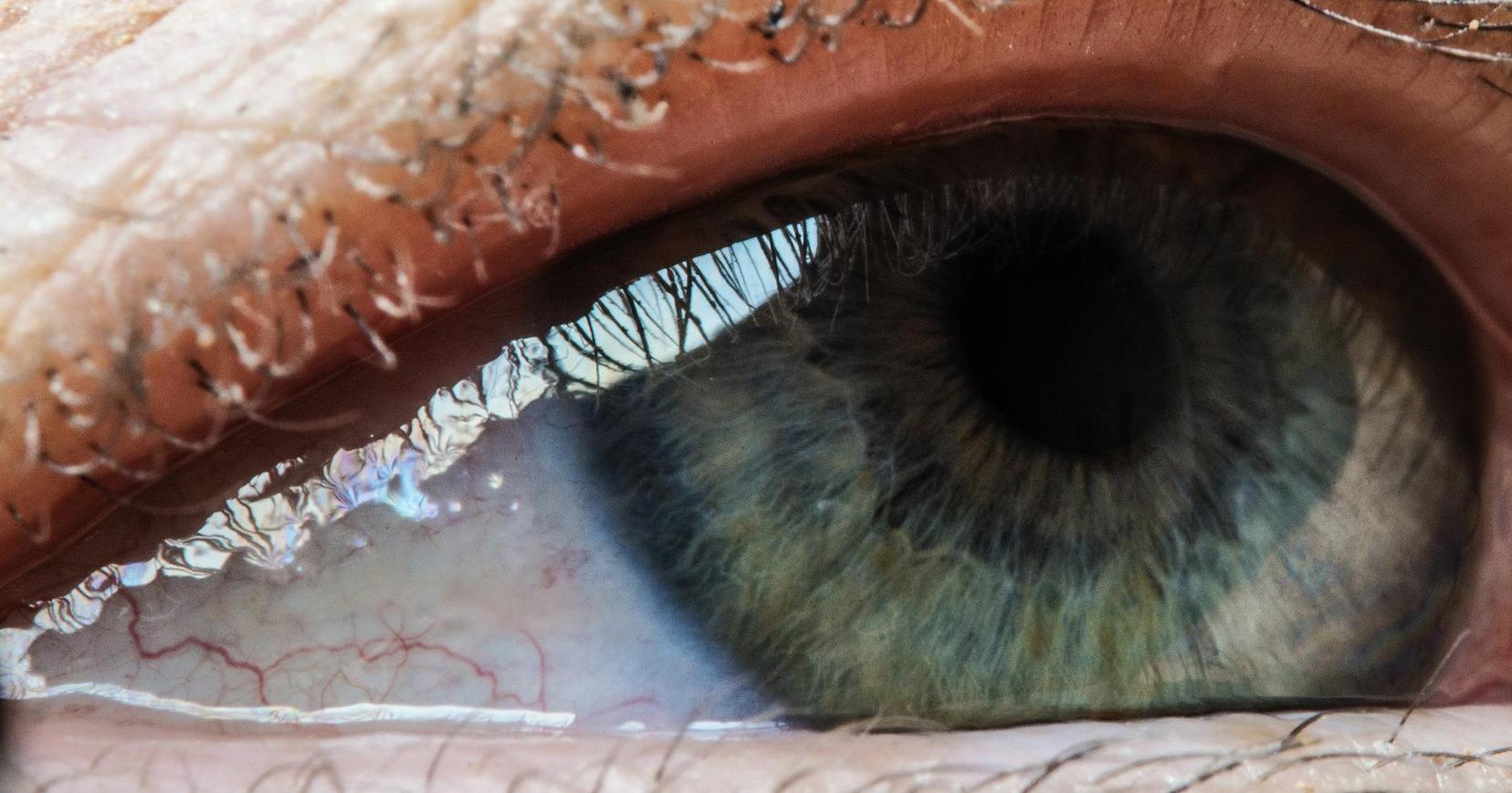Common Warning Signs Of Photokeratitis
Intense Tearing
Intense tearing is one of the most unpleasant symptoms that develops with photokeratitis. Patients may notice their eyes water almost constantly, and this can dry out the eye. As a result, the eye and eyelids may feel sticky or gritty, and the eyes might appear very red. Some patients describe the gritty feeling as being like sand stuck in the eyes. To reduce the intense tearing and associated symptoms, doctors frequently advise patients to use artificial tears to lubricate the eyes and help the outer surface of the eye retain more moisture. Artificial tears are available over-the-counter, and they can be used several times each day. Eye professionals can prescribe stronger versions as needed, and eye ointments can sometimes reduce the gritty sensation in the eyes as well. When selecting artificial tears, individuals should be aware there are versions with and without preservatives. While the preservatives reduce the growth of bacteria once the eye drops have been opened, patients with photokeratitis might find the preservatives irritate their eyes, especially since they will likely need to use artificial tears more than four times each day. In this case, the preservative-free artificial tears may be a better option.
Continue to reveal another warning sign of photokeratitis now.
Constricted Pupils

The corneal damage and inflammation caused by photokeratitis may result in constriction of the pupils. Located in the middle of the irises, the pupils allow light to enter the eyes. In healthy individuals, the pupil constricts in response to bright light; this is considered a protective mechanism. Healthy pupil size in bright light is between two to four millimeters. Constricted pupils can be assessed by an ophthalmologist. In a room with dim lighting, the ophthalmologist will direct the patient to look at an object in the distance. Next, they will shine a light into one eye at a time to check how the patient's pupil responds and to record its size. If one or both pupils are found to be an abnormal size, the eye doctor may need to perform additional examinations. Generally, constricted pupils due to photokeratitis will return to normal size within forty-eight hours. If the patient notices their pupils remain constricted beyond this period or one pupil is a different size to the other, they should see an eye health specialist as soon as possible.
Get more details on photokeratitis symptoms now.
